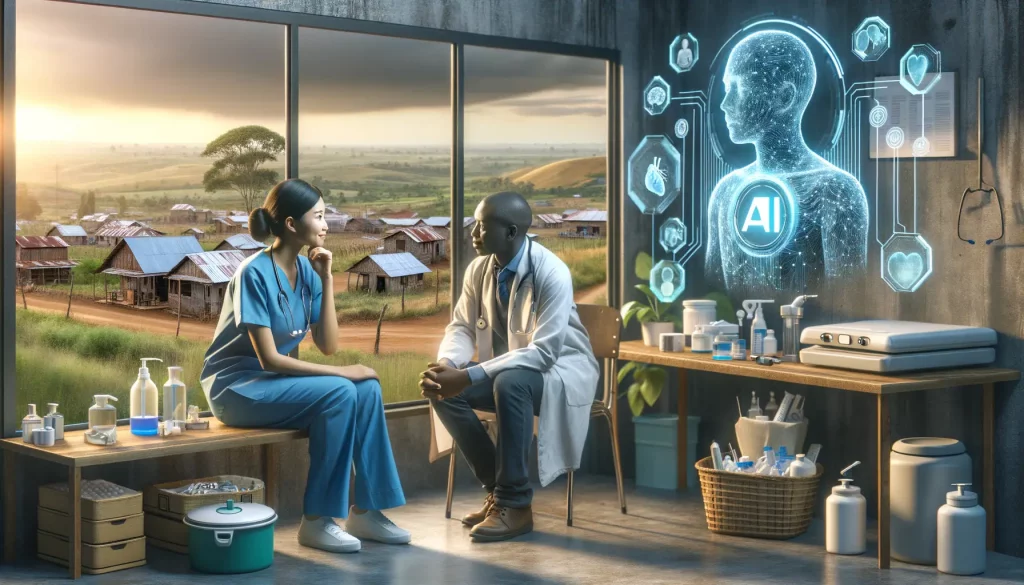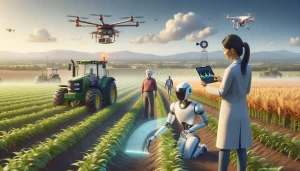The Role of AI in Transforming Rural Healthcare
Bridging Distances Through Technology
Imagine a community nestled in the heart of rolling farmland, miles away from the nearest hospital. A mother experiences complications during childbirth. A child exhibits puzzling symptoms no one in the village clinic can diagnose. These are all-too-common realities for rural communities. Enter the quiet revolution of AI-powered healthcare.
Artificial intelligence doesn’t just promise change; it’s already reshaping how care reaches remote corners of the world. Picture an algorithm that predicts disease outbreaks in villages based on decades of historical weather data, or AI systems analyzing ultrasound scans in clinics that can’t afford on-site radiologists. Suddenly, care is no longer bound by geography.
- Wearable devices powered by AI monitor chronic conditions like diabetes in real time, alerting patients and doctors alike.
- Chatbots capable of conversing in local dialects guide individuals through first-aid techniques or mental health crises.
- Even prescription errors—a deadly problem in understaffed facilities—are being tackled with intelligent medication systems.
For these rural areas, AI isn’t just innovation; it’s hope. It’s the difference between waiting weeks for a traveling specialist or receiving immediate answers. The world might still seem vast, but technology is shrinking its healthcare gaps dramatically.
Strengthening Community-Level Care
Rural healthcare has always leaned heavily on resourcefulness. With limited staff and funding, each tool and decision matters. This is where artificial intelligence becomes more than a luxury—it transforms into a backbone for smarter, more targeted care.
Take predictive analytics, for instance. By analyzing patient demographics and regional trends, AI helps local clinics anticipate everything from flu outbreaks to equipment shortages. It’s like giving overworked healthcare workers their own crystal ball. *What’s more powerful than preparing for the storm before it hits?*
AI also strengthens the human element. How? By freeing up time. When repetitive administrative tasks—like appointment scheduling or billing—are handled by smart algorithms, healthcare providers gain precious hours to focus on patients. Add telemedicine supported by natural language processing, and suddenly, a farmer can see a specialist without leaving his fields.
This isn’t just about gadgets and software; it’s about empowering the people behind them and restoring dignity to healthcare delivery in places long overlooked. The ripple effect? Vibrant, healthier rural communities, one AI-powered solution at a time.
Challenges in Rural Healthcare and How AI Can Help
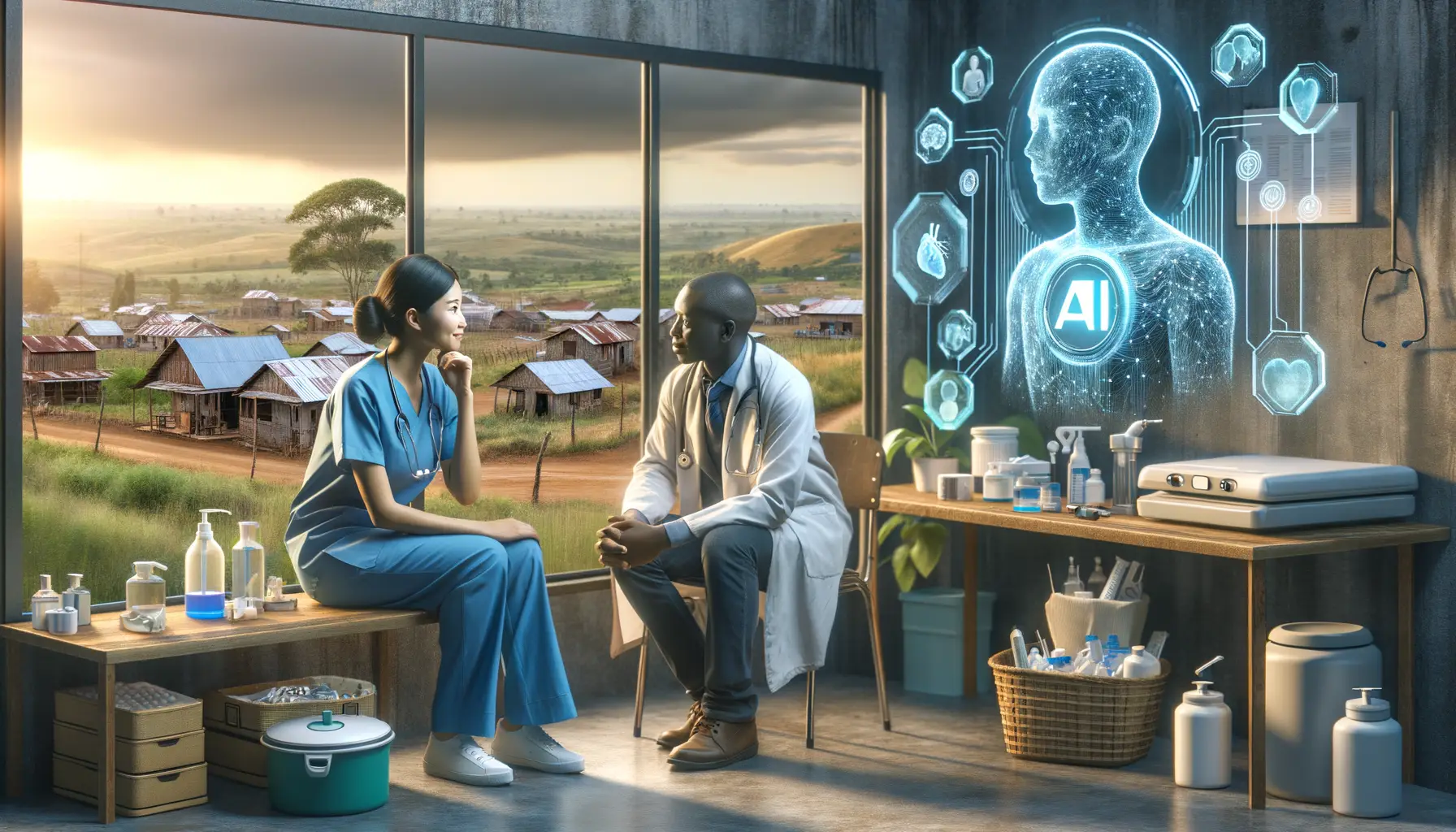
The Everyday Struggles of Rural Healthcare
Imagine needing a doctor but the closest clinic is hours away. Or worse, you get there only to find out they don’t have the equipment—or expertise—you need. This is the stark reality for millions in rural areas. Limited transportation, overworked healthcare providers, and understaffed facilities create a perfect storm of unmet needs.
On top of that, technology gaps loom large. Many rural clinics operate with outdated systems or none at all. This lack of infrastructure means delays, errors, and inefficiencies that can cost lives. And let’s not even get started on specialist care—how do you treat chronic conditions if a specialist visits once a month or not at all?
But here’s where things get exciting: AI is flipping the script. Imagine an AI-powered system that detects early signs of diseases through basic imaging tools right in your local clinic. Or virtual assistants helping overwhelmed doctors with instant access to patient histories. These aren’t far-off dreams—they’re already becoming today’s solutions.
- Predictive algorithms spotting health risks before symptoms appear.
- Telemedicine enhanced by AI tools enabling swift, expert consultations anywhere.
Suddenly, remote healthcare doesn’t feel so far behind anymore.
AI Applications Enhancing Access and Quality of Care
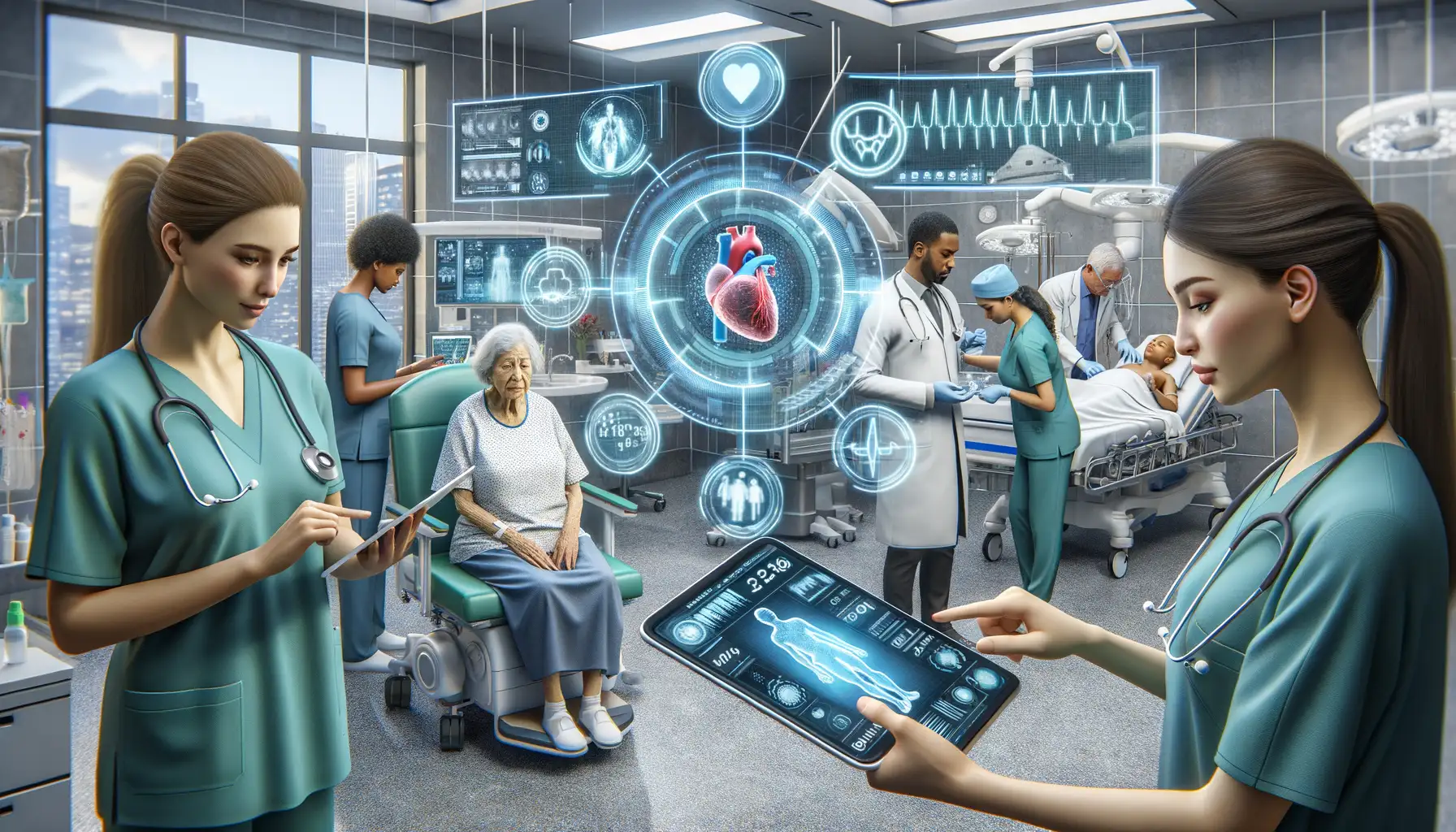
Breaking Geographic Barriers with AI-Powered Innovations
Imagine a family in a remote village, miles from the nearest hospital. A sick child, an anxious mother—yet no doctor nearby. This is where AI-driven telemedicine is rewriting the rules. Through smart platforms, patients can consult doctors virtually, sharing symptoms via apps that analyze health data on the fly. It’s not just convenience; it’s care delivered at warp speed.
How about diagnostics? Take handheld devices equipped with AI-powered imaging tools. These gadgets, affordable and portable, enable local healthcare workers to screen for conditions like pneumonia or diabetes—on the spot and in real time. No waiting weeks for lab results.
- Virtual assistants guiding patients through chronic disease management plans.
- AI-supported translation tools bridging the language divide between patients and caregivers.
Personalized Care, Even From Afar
Ever heard of smart algorithms anticipating what a patient needs before they know themselves? Think tailored SMS alerts reminding someone to take their meds or wearables tracking heart rates and flagging issues early. For many in rural areas, these interventions are lifesaving whispers in the chaos of daily life.
In short? AI isn’t a luxury—it’s a lifeline, creating ripples of hope across underserved communities.
Success Stories and Case Studies in AI-Driven Rural Healthcare
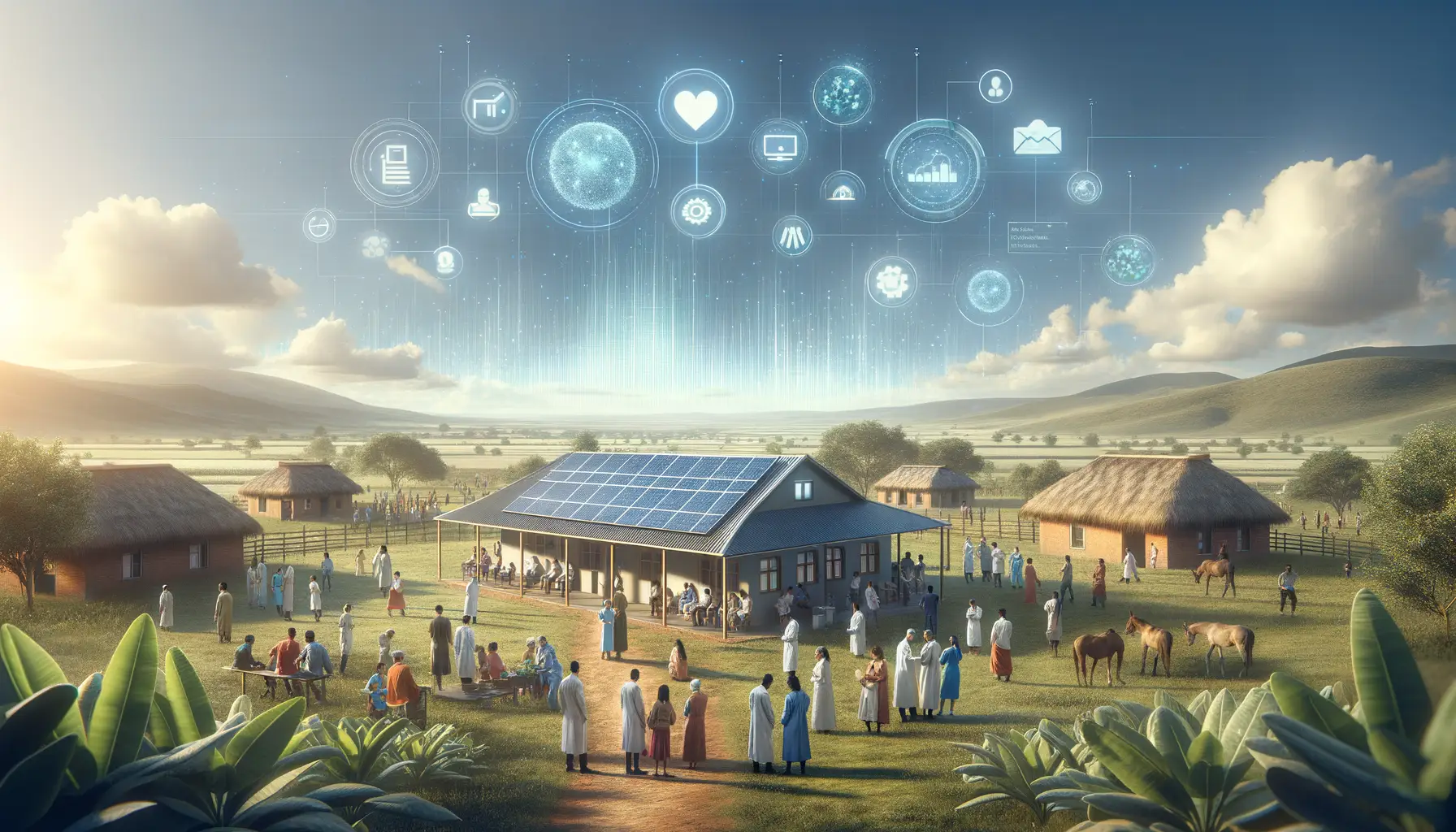
Real Lives Changed by AI in Rural Clinics
In the heart of rural India, a small community clinic once struggled to address a growing crisis—undetected cases of chronic diseases like diabetes and hypertension. Enter AI-powered diagnostic tools, which transformed the game. With a quick scan and minimal training for healthcare workers, these tools identified high-risk patients in minutes. One such patient was Meera, a farmer in her 50s who had silently suffered from blurred vision and fatigue. Thanks to early detection supported by AI, Meera received timely intervention that saved her eyesight—and quite possibly her life. It’s not just tech; it’s hope.
The ripple effect? Healthcare workers report feeling empowered, no longer burdened by guesswork, and the community trusts the process more each day. Precision meets compassion, and the results speak volumes.
From Data to Impact: A Global Perspective
Let’s zoom out. AI isn’t just transforming one village or region—it’s creating ripples worldwide. In sub-Saharan Africa, mobile clinics equipped with AI-driven ultrasound devices are revolutionizing maternal care. Picture this: a young expectant mother in a remote area receives an accurate fetal health check-up without ever needing to travel to a distant hospital.
Here’s what stands out in these success stories:
- Faster disease detection: Conditions flagged early mean lives saved.
- Scalable solutions: AI tools work efficiently even in resource-strapped areas.
- Increased access: Patients who would otherwise face neglect get treated.
Every data point here is more than a statistic—it’s a life touched, a family strengthened, and a future brightened. That’s the power of AI in rural healthcare.
Future Directions and Ethical Considerations for AI in Rural Healthcare
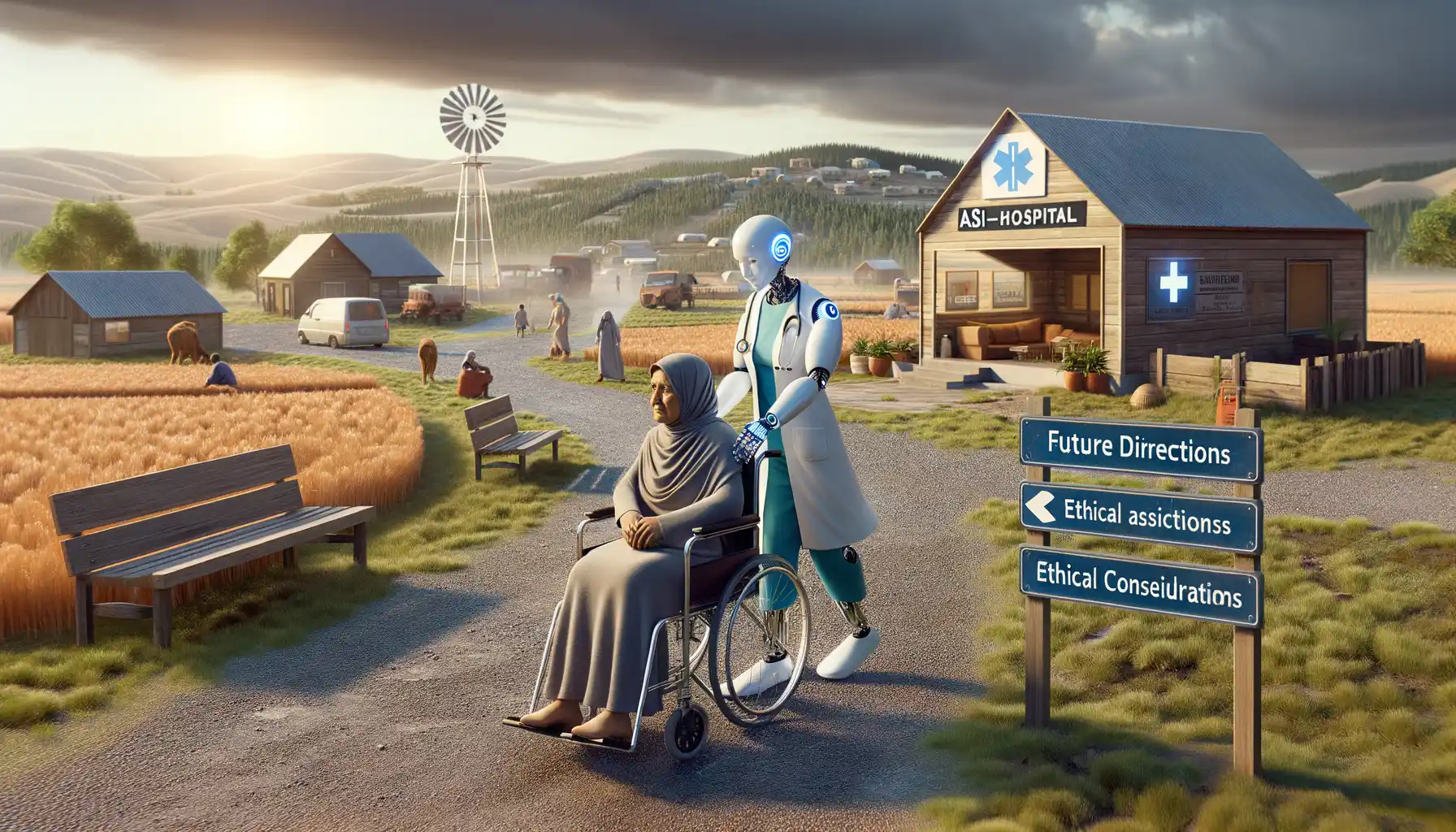
Paving the Path for Smarter, Ethical AI in Rural Clinics
Imagine a future where a farmer in a remote village can access world-class healthcare through a handheld device, or where an AI assistant whispers real-time treatment suggestions to a nurse mid-shift. It’s not science fiction—it’s the promise of AI in rural healthcare. But before we get carried away, let’s unpack what we need to do to get there.
First, innovation must meet inclusivity. AI isn’t just about crunching data; it’s about understanding the lives it affects. For example, an algorithm designed for urban hospitals might overlook the logistical quirks of rural clinics, like irregular power supply or lack of internet. Future AI systems must evolve with these realities baked into their very code.
Second, transparency is non-negotiable. Picture this: a patient is denied care because “an algorithm said so.” Without clarity on how decisions are made, trust—a critical currency in healthcare—crumbles. Developers must ensure that AI tools come with a sort of “instruction manual” for ethics, explaining decisions in plain language anyone can grasp.
- How do we ensure AI doesn’t deepen inequalities?
- Can rural communities be partners, not just participants, in AI’s growth?
These aren’t just questions—they’re our reminders to keep humanity at the heart of this revolution.
